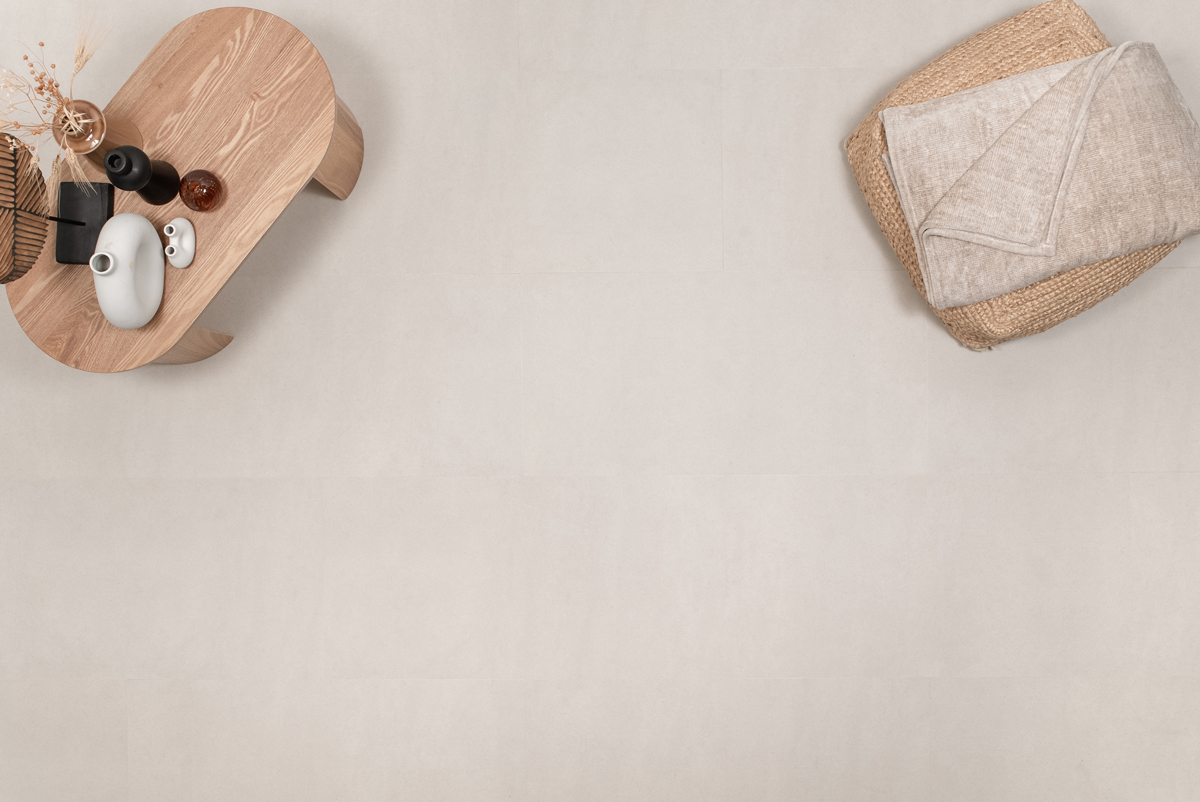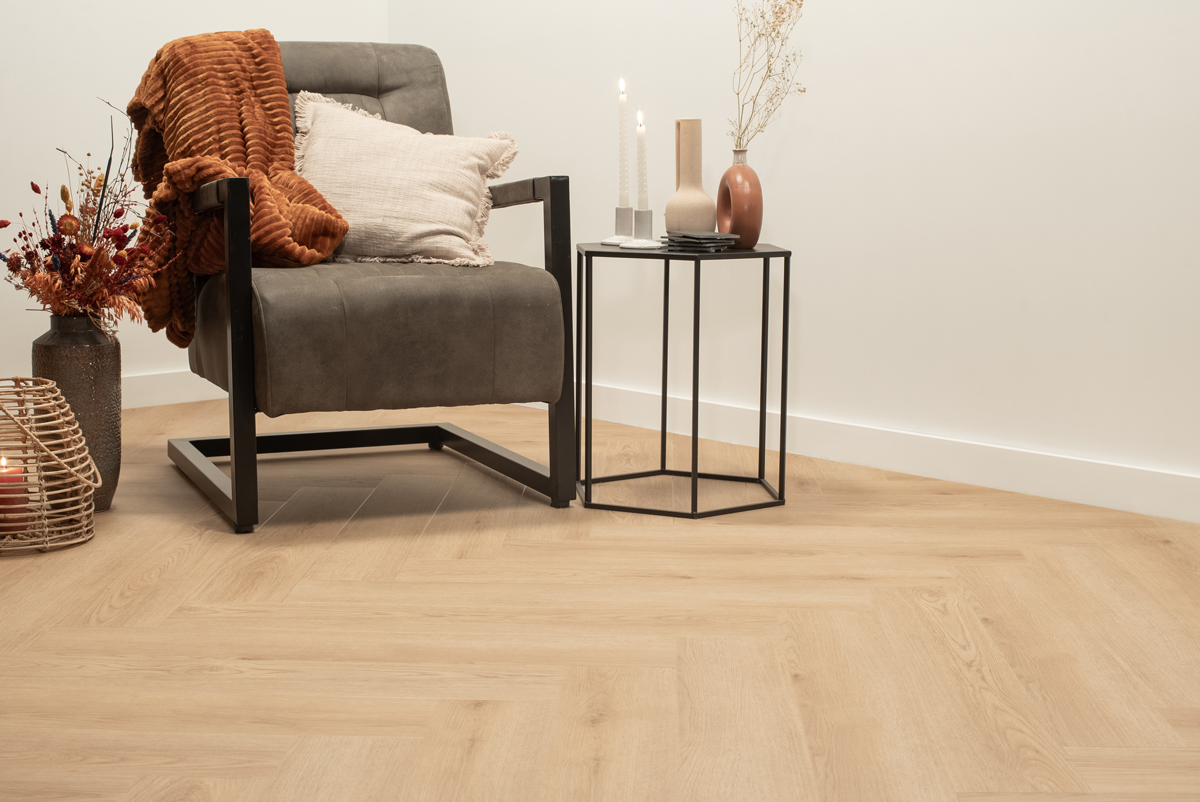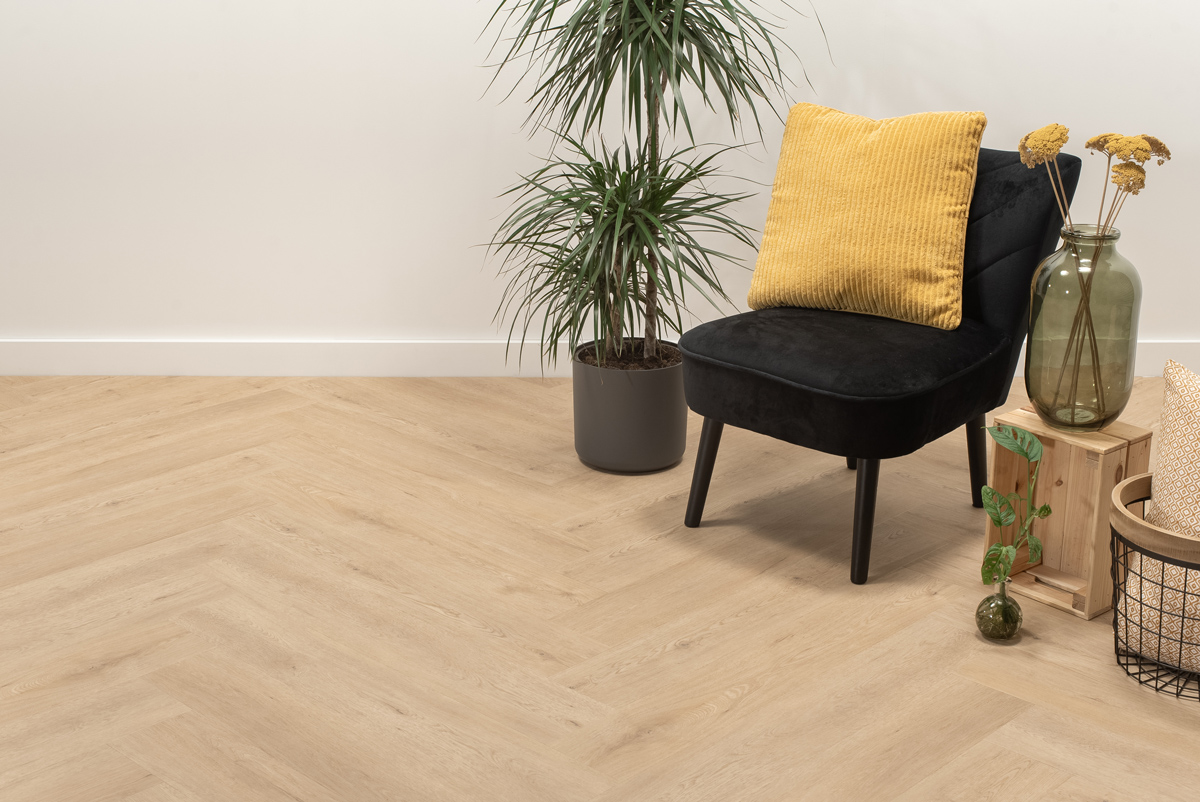Vinyl flooring has become a popular choice for people looking for a durable, stylish and low-maintenance floor covering. However, laying this floor requires the right subfloor for optimal performance and longevity. In this blog, we will discuss the different types of subfloors that are suitable for a Vinyl floor and what to look out for during installation.
Levelled subfloor
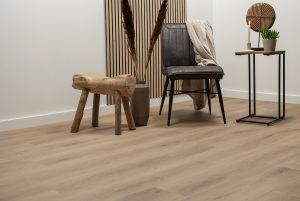
A perfectly even subfloor is the key to successfully installing a Vinyl floor. Slight unevenness or bumps in the subfloor can affect the overall look of your floor. With a Vinyl floor, the subfloor must not only be completely flat and pressure-resistant, but also extremely even. Only a height difference of 2 mm per 2 linear metres should be present. Although the subfloor may look level at first glance, it is almost always necessary to level it further.
It is important to know that Vinyl flooring should ideally be installed on a sand-cement or anhydrite subfloor. However, there are exceptions, such as when a 10dB requirement must be met. Before the adhesive is actually applied to the sand-cement or anhydrite subfloor, the subfloor must be sanded. This ensures that the floor boards adhere well to the subfloor.
Levelling the floor yourself?
Levelling a floor is a physically demanding job and must be done within a certain time once you have started it. Therefore, you often need extra hands to get the job done.
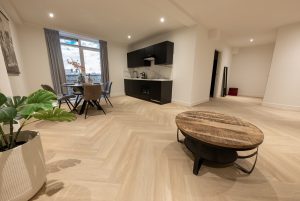
Dry and clean subfloors
An even subfloor is not enough. The subfloor must be free of grease, dirt and dust. Moreover, it is essential that the humidity of the house is between 40% and 65%. So the sequence is as follows: determine what type of subfloor you have, prime, level, prepare for laying, apply adhesive and lay! These steps, carefully followed, not only ensure a beautiful appearance, but also minimise future complications. Remember, subfloor preparation is crucial to the success of your flooring project.
Underfloor heating & Vinyl
Underfloor heating is a modern and comfortable way to heat your home, and combining it with Vinyl flooring can be a perfect match. You can compare it to a dress and heels, these always match too. In fact, Vinyl floors are very efficient in combination with underfloor heating. For example, Whalebone Vinyl floors have a thermal resistance of 0.019 m²K/W. Besides the acclimatisation process, with underfloor heating you have to take into account another protocol; the underfloor heating protocol.

10 db requirement with Vinyl
In housing complexes, upper dwellings or flats, there is often a requirement for noise reduction of at least 10 dB. This requirement is usually set by the Home Owners’ Association (HOA) of the property in question. If you need to meet the 10 dB standard and you are considering a Vinyl floor, such as Herringbone Vinyl, specific laying methods are required. To meet the noise standard, you can choose underlay boards with the required 10 dB certificate. These plates not only serve as sound insulation, but also directly level the subfloor. This makes separate levelling unnecessary and you can glue the Vinyl floor directly onto the underlay sheets using suitable Vinyl glue.
Now you know which subfloor is suitable for a Vinyl floor. If you have not yet found a floor that suits you, take a look at the inspiration page. Here you will find all kinds of pictures of floors from customers who have gone before you!

